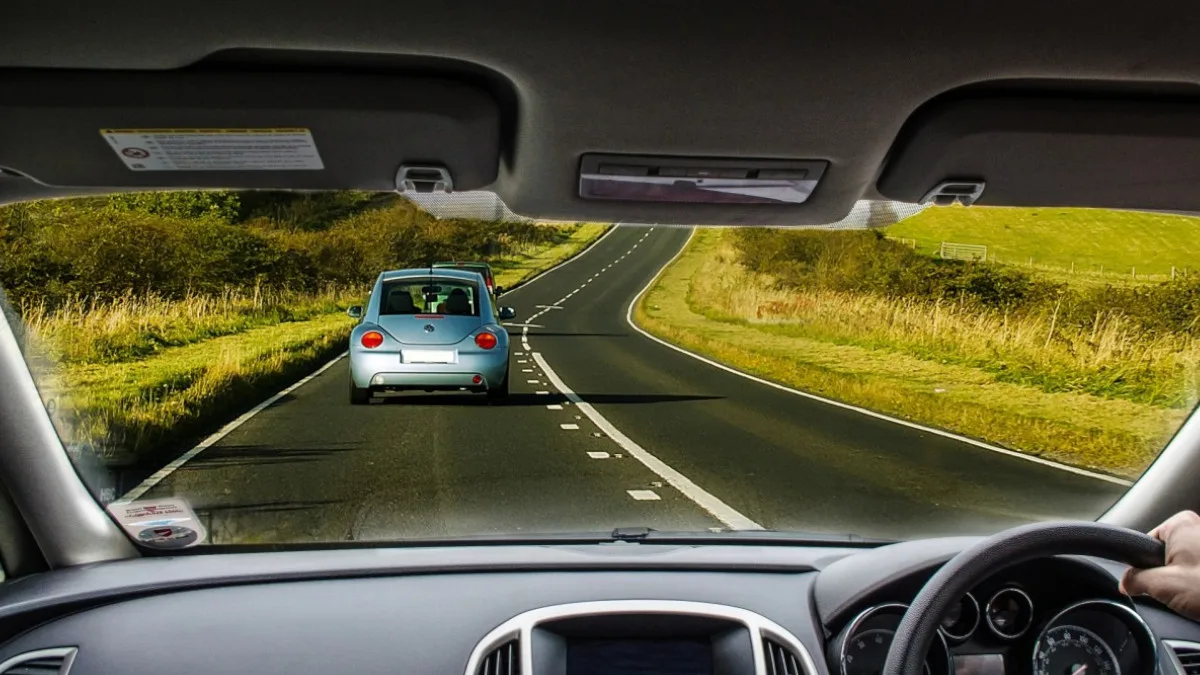Advanced Driver-Assistance Systems (ADAS) are rapidly transforming the automotive landscape globally, promising a future of safer and more convenient driving. But how well do these sophisticated technologies translate to the unique driving conditions of India? This article dives deep into the debate, exploring the benefits and drawbacks of ADAS in the Indian context.
Understanding ADAS: A Suite of Safety Features
ADAS encompasses a range of features that utilize sensors, cameras, and radar to enhance a driver’s awareness and control of the vehicle. Some popular ADAS functions include:
- Automatic Emergency Braking (AEB): This system detects imminent collisions and applies brakes automatically to avoid or mitigate an impact.
- Lane Departure Warning (LDW): Alerts drivers when the vehicle unintentionally veers out of its lane.
- Adaptive Cruise Control (ACC): Maintains a safe distance from the car ahead by automatically adjusting speed.
- Blind Spot Monitoring (BSM): Warns drivers of vehicles approaching from their blind spots.
These features hold immense potential to improve road safety in India, a country notorious for its high accident rates.
The Allure of ADAS: Enhanced Safety and Driver Assistance
Proponents of ADAS highlight several advantages for Indian roads:
- Reduced Driver Fatigue: Features like ACC can ease the burden of long-distance driving, keeping drivers more alert.
- Mitigating Human Error: ADAS can react faster than humans, potentially preventing accidents caused by momentary lapses in concentration.
- Improved Nighttime Visibility: Advanced headlights and night vision systems can enhance visibility in poorly lit conditions, a common issue on Indian roads.
Studies have shown that ADAS can significantly reduce road accidents in developed nations with well-maintained infrastructure and predictable driving patterns.
The Challenges of ADAS in India: A Reality Check
However, the effectiveness of ADAS in India faces significant challenges:
- Unpredictable Road Conditions: Poor road markings, stray animals, and erratic driving behavior can confuse ADAS sensors, leading to false positives or missed detections.
- Cost Factor: ADAS features add to vehicle prices, potentially making them less accessible to the average car buyer in India.
- System Calibration: ADAS systems require regular calibration to function optimally. The availability and affordability of such services in India need to be evaluated.
The Road Ahead: Adapting ADAS for Indian Needs
Despite the challenges, the potential of ADAS in India is undeniable. Here’s how the technology can be adapted for the Indian market:
- Calibrating for Local Conditions: Manufacturers need to develop ADAS systems specifically trained on Indian driving scenarios, including recognizing pedestrians, cyclists, and animals.
- Focus on Essential Features: Prioritizing features like AEB and BSM can offer significant safety benefits without overwhelming drivers with too much automation.
- Promoting Driver Education: Educating drivers on the capabilities and limitations of ADAS is crucial to ensure responsible use and prevent over-reliance.
Conclusion: A Promising Future with Responsible Implementation
ADAS presents a promising solution for improving road safety in India. However, its success hinges on adapting the technology to local conditions, focusing on essential features, and promoting driver education. As the technology matures and infrastructure improves, ADAS has the potential to be a valuable tool in creating a safer driving experience for all on Indian roads.
Discover more from Wheels Craze - Automotive News, EV News, Car News, Bike News
Subscribe to get the latest posts to your email.




